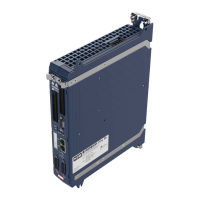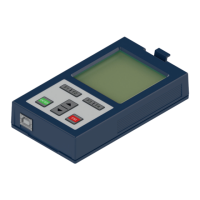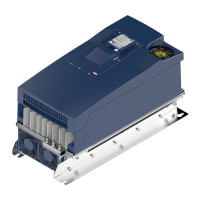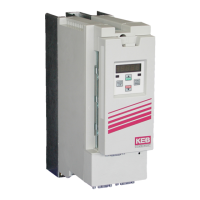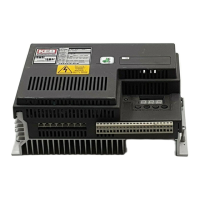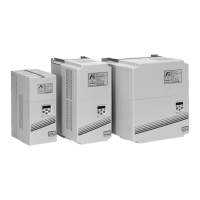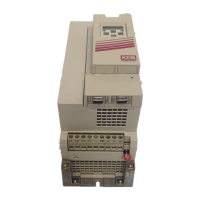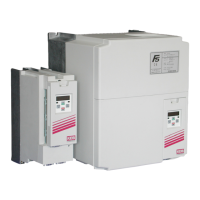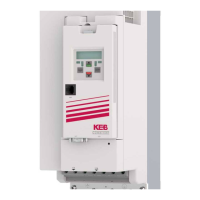7.1.9.2 Rotation setting via digital inputs
7.1.9.2.1 Invert input
An input, which causes an inversion (sign reversal) of the setpoint speed from the VL pa-
rameters for operating modes 1 and 2 can be defined with di20 invert input.
Setting the input causes inversion.
The setpoint with the actual valid sign is displayed in ru05 set value display.
7.1.9.2.2 Halt
di18 vl zero speed input defines which input sets the setpoint speed of the vl parameters
to zero.
The index speed setting and the output of the position controller are not set to zero.
7.1.9.2.3 Forward / Reverse
Two inputs, which determine the direction of rotation can be defined with di16 forward in-
put and di16 reverse input.
The setting of the setpoint speed in the VL parameters must always be positive since the
direction of rotation is determined by the digital inputs. A negative VL speed setpoint
leads to the setpoint speed 0.
The direction of rotation (positive / forward) is selected if the forward input is active. The
positive speed setpoint is displayed in ru05.
Reverse direction of rotation is selected (negative / reverse), if only the reverse input is
active. The VL speed setpoint is inverted and the actual valid negative setpoint is dis-
played in ru05.
If both, the forward input and the reverse input are set, the forward direction of rotation
(positive / forward) has priority.
If none of the two inputs is set, the setpoint speed is set to zero. However, automatic
modulation switching off does not take place.
This function works only if the setpoint speed setting occurs via the vl parameters. The
forward / reverse inputs have no function for speed setting via the index function in the ps
parameters.
7.1.9.3 Index setting via digital inputs
7.1.9.3.1 Index calculation
The inputs which determine the index (e.g. for position or speed selection) can be se-
lected with di21 index input.
The index is calculated binary coded from the digital inputs selected in di21. An active
input is "1“, an inactive input "0“. The lower-order digital input generates also the lower-
order bit in the index calculation.
The index is internally limited to 255. Therefore, a maximum of 8 inputs can be selected
for indexing.
Example for index calculation:
Inputs I1, I3 and I5 are selected in di21 for index selection:
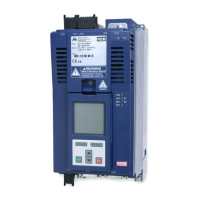
